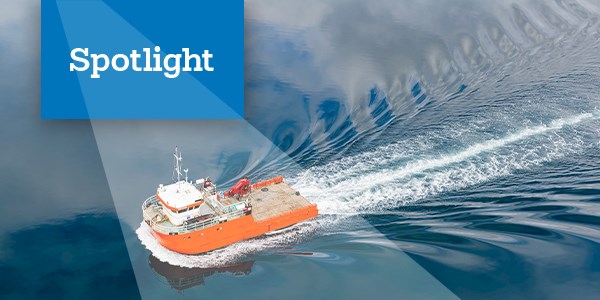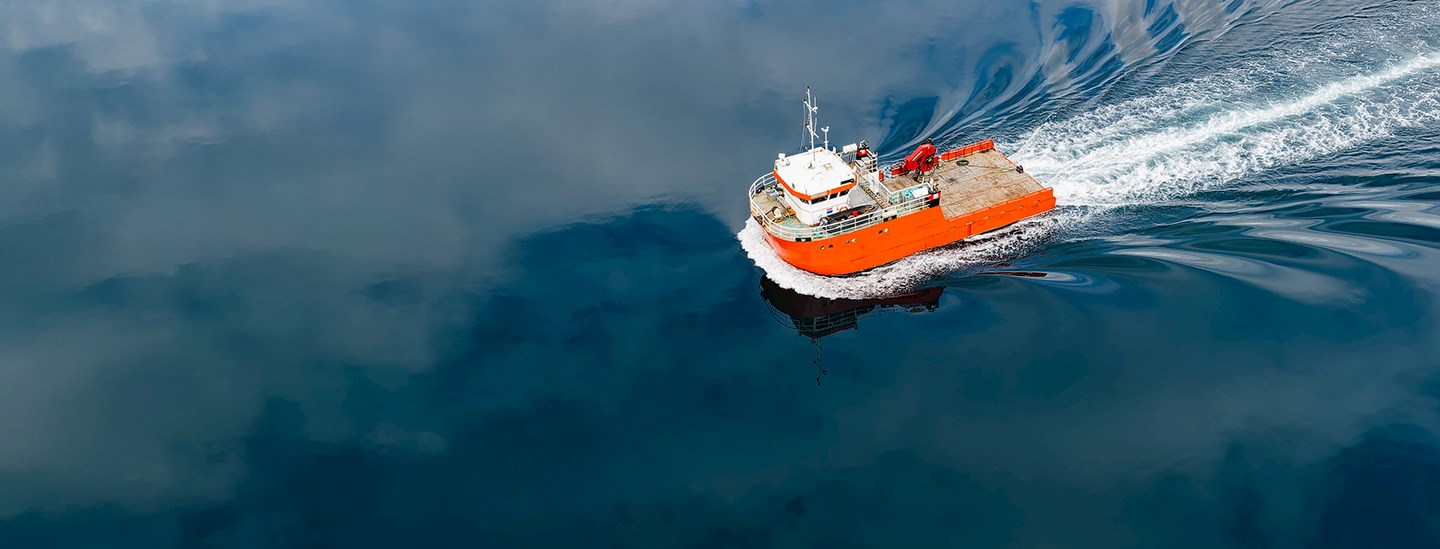
Subsea infrastructure is a vital element of energy and communications networks around the world, helping to power global business and bolstering international energy security.
As detailed in a recent Gallagher Spotlight report, undersea cables are a critical component of the digital economy, enabling business activities, global commerce and communication.
However, more than 100 incidents involve damaged or severed submarine cables each year, and in an uncertain and volatile geopolitical environment, damage is increasingly a result of sabotage.
While businesses may not be the direct target of hybrid warfare, such activities can spill over into everyday life.
Cables cut in the Baltic Sea
In January 2025, NATO countries announced they would deploy warships, patrol aircraft and naval drones in the Baltic to help protect critical infrastructure. This "Baltic Sentry" has powers to take action against suspicious vessels.1
It followed the severing of two subsea fiber-optic cables in the Baltic Sea in back-to-back incidents on November 17 and 18.2
Consensus is growing that offshore infrastructure is increasingly being targeted as part of a growing trend of hybrid warfare. This warfare includes sabotage of critical infrastructure outside of the main conflict zones.
Hybrid warfare involves irregular tactics within grey-zone battlegrounds. These tactics may include state-sponsored cyber attacks, disinformation, electoral interference, espionage and sabotage, where the room for plausible deniability is wide enough to prevent escalation.
Protecting offshore assets as tensions mount
On 22 January, the Royal Navy said it was monitoring a Russian spy ship in the English Channel suspected of mapping submarine cables. Britain said it would strengthen its response, including using an advanced AI system in an effort to protect underwater infrastructure.
"The ability to disrupt critical energy infrastructure with fairly unsophisticated means is a very real concern," says Ian Picton, executive partner, Energy Retail Worldwide, Gallagher. "Clients do employ a variety of mitigation techniques, such as guard vessels or marine tracking technology, but it is incredibly difficult to cease all potential threats when they masquerade as innocent fishing vessels."
The challenge in proving the cause of damage has claims implications. Two years after the sabotage of three of the four Nord Stream gas pipelines, a diver was arrested in connection with the blasts, but what happened and who was responsible is still unclear.3
Earlier this year, Yemen's Houthi rebels denied that they were behind damage to cables under the Red Sea belonging to four big telecom networks.
"Insurers have voiced their concerns about this mounting threat and whether this coverage should be provided by specialist terrorism policies.
"Depending on the prevalence of the threat moving forward, we may see underwriters start to introduce exclusions under the main operating placements to address these various acts.
"The market's appetite for cable risks is still strong, with a number of planned projects providing a valuable source of new business. As such, there is still a great deal of competition for market share and there is an inability for insurers to start insisting on a reduction in cover. But it is an area that is likely to be carefully monitored."
Business impacts of infrastructure sabotage
Damage to fiber-optic cables can cause financial loss to companies by disrupting business operations, while damage to pipelines and interconnectors has energy security implications. There's potential for contingent business interruption arising from disruption to supply chains.
Factoring in damage to telecom networks is a useful exercise in scenario planning, particularly for companies that have operations or suppliers in locations that are dependent on a small number of cables for connectivity and power.
"Acts of arson and sabotage are on the rise," says Laura Hawkes, head of Intelligence at AnotherDay, a Gallagher company. "The evolving threat landscape necessitates that companies learn to mitigate risks associated with such security threats."
Risk mitigation techniques, such as diversifying internet routes and monitoring cable health, can reduce the impact of one cable going down. NATO is understood to be backing an initiative that will make it possible to reroute internet traffic from submarine cables to space in the event of an attack.4
With submarine infrastructure at the core of energy and communication systems around the world, the European Commission has implemented the Critical Entities Resilience (CER) Directive, which encompasses energy and digital infrastructure.
It was once the case that subsea infrastructure was both out of sight and out of mind, but this stance is shifting. The goal of ensuring resilience to current and future threats will remain a dominant priority for countries moving forward.
Firms should recognize that their own continued resiliency will depend on governments getting this right.
Published January 2025


